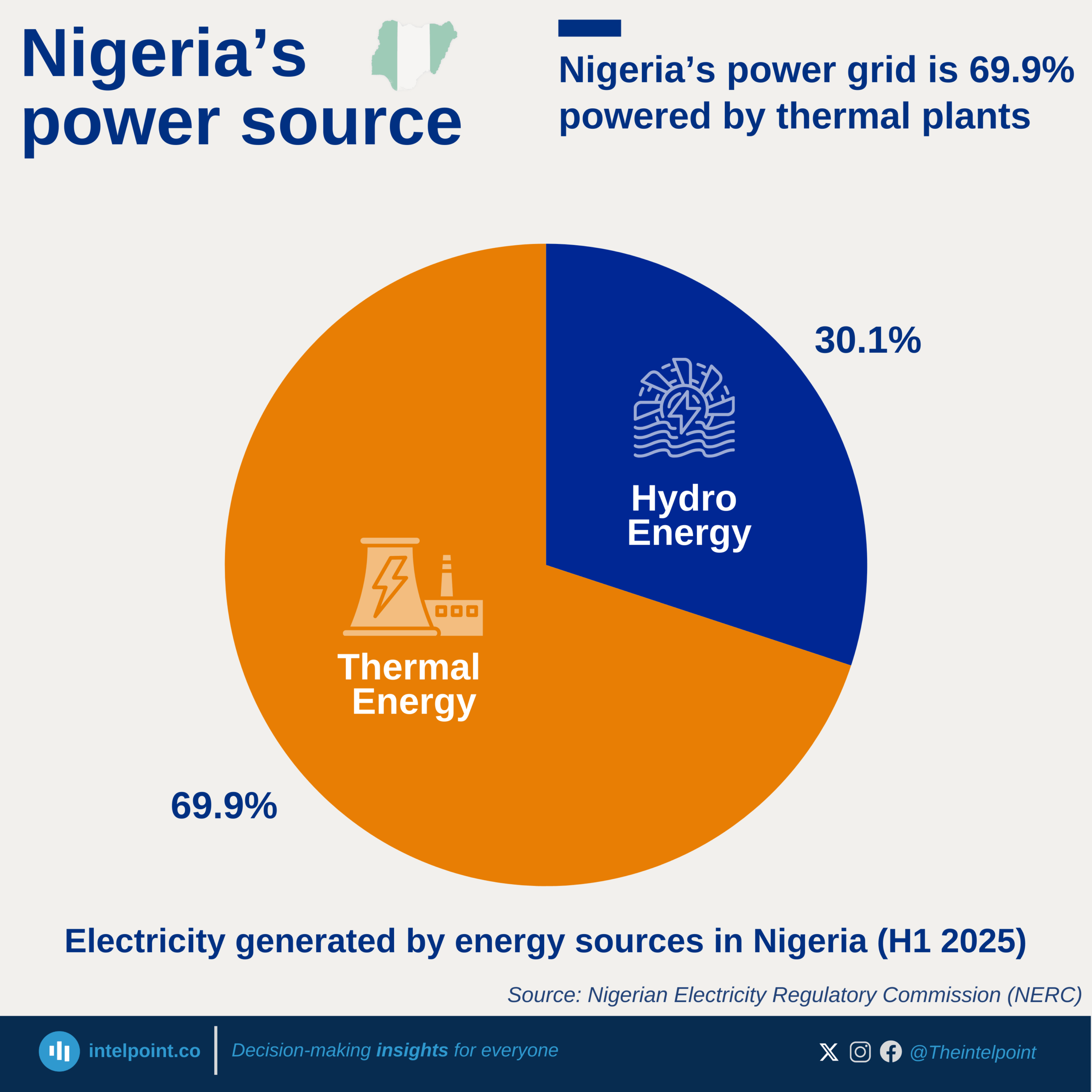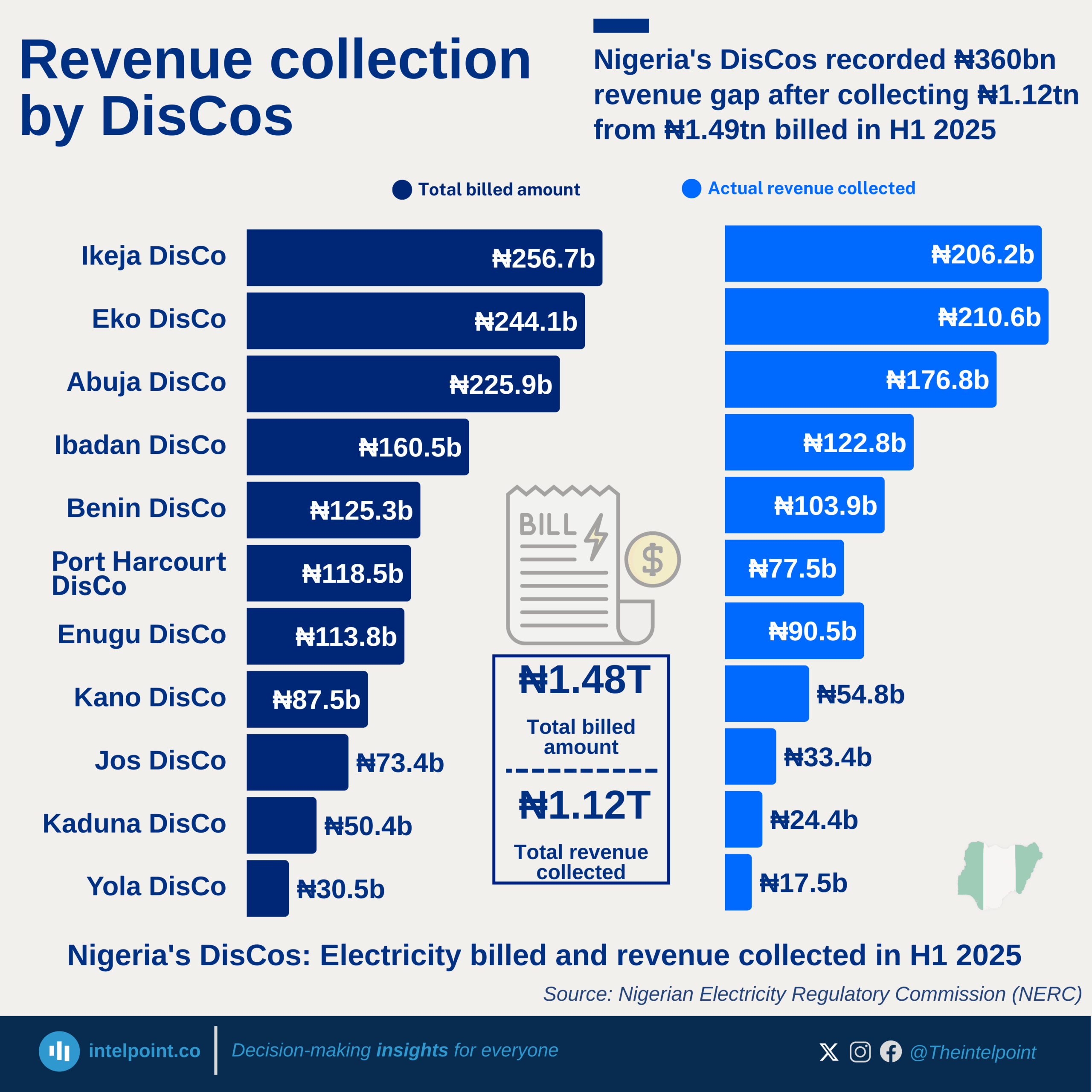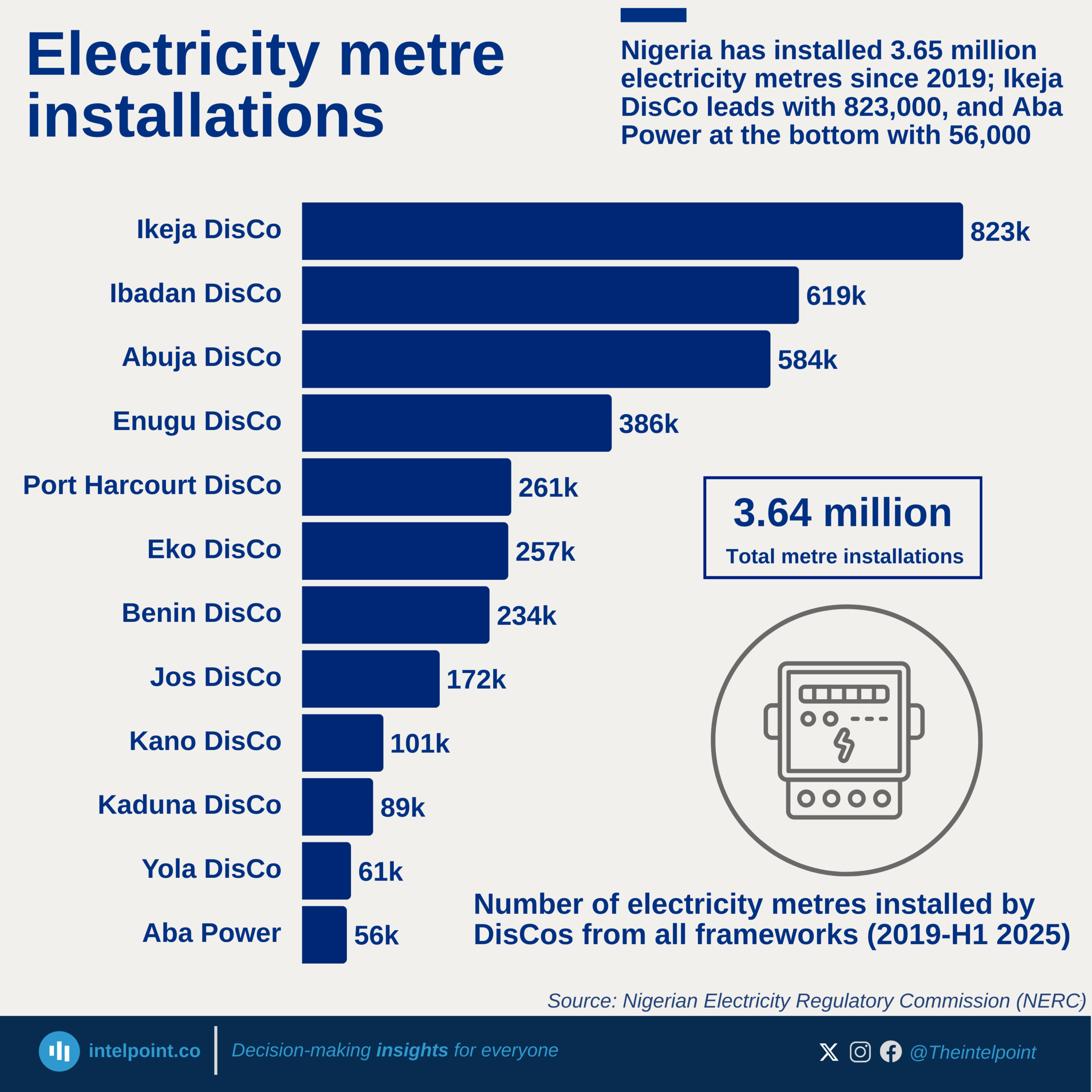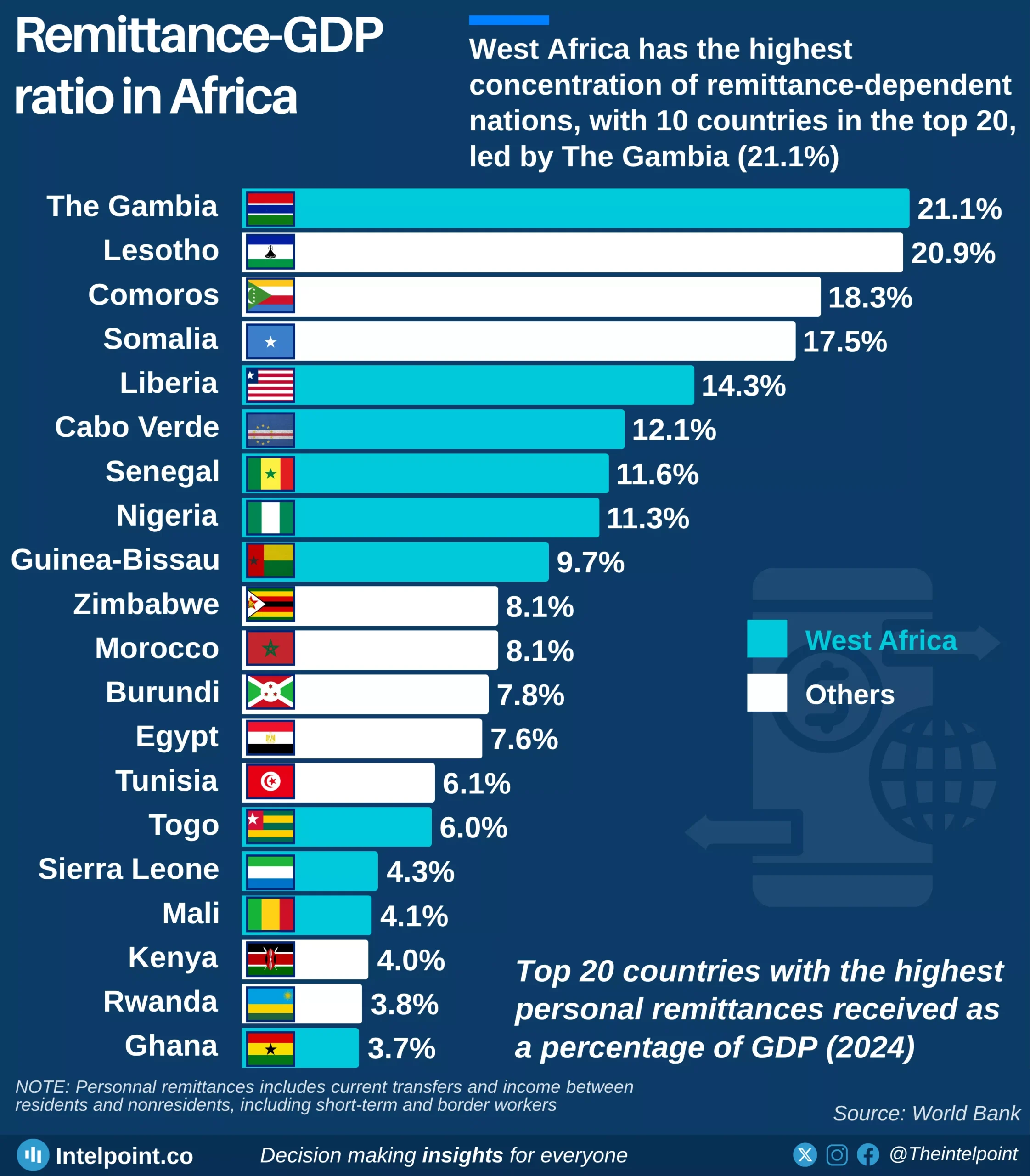Over the past two decades, remittance inflows have become a critical pillar of Nigeria’s economy, growing from just $1.39 billion in 2000 to over $19 billion annually in recent years. This 23-year journey reflects not only Nigeria’s deep diaspora engagement but also the economic dependence of many households on foreign transfers.
The year 2018 marked a milestone, with remittances hitting an all-time high of $24.31 billion, underscoring the strength of global Nigerian networks. However, this was followed by a significant dip in 2020, when inflows dropped by 27.7% due to the COVID-19 pandemic’s global disruption. Despite this, Nigeria’s remittance figures have bounced back and held steady above $19 billion in the last three years, demonstrating the diaspora's continued economic support in the face of global uncertainties.





